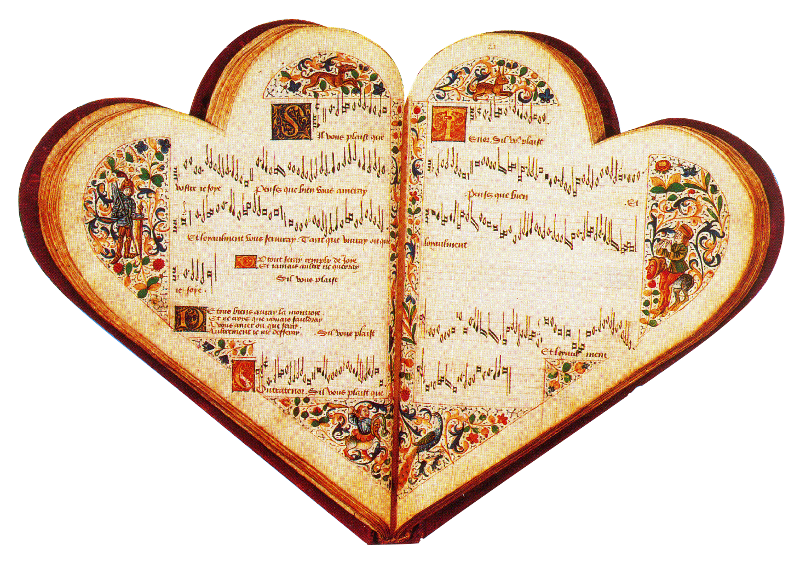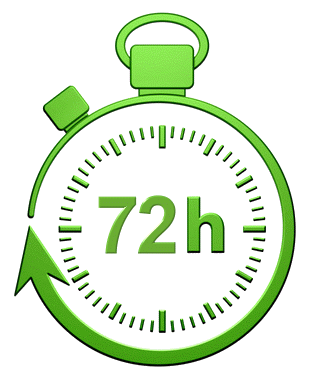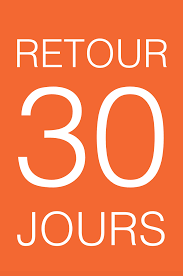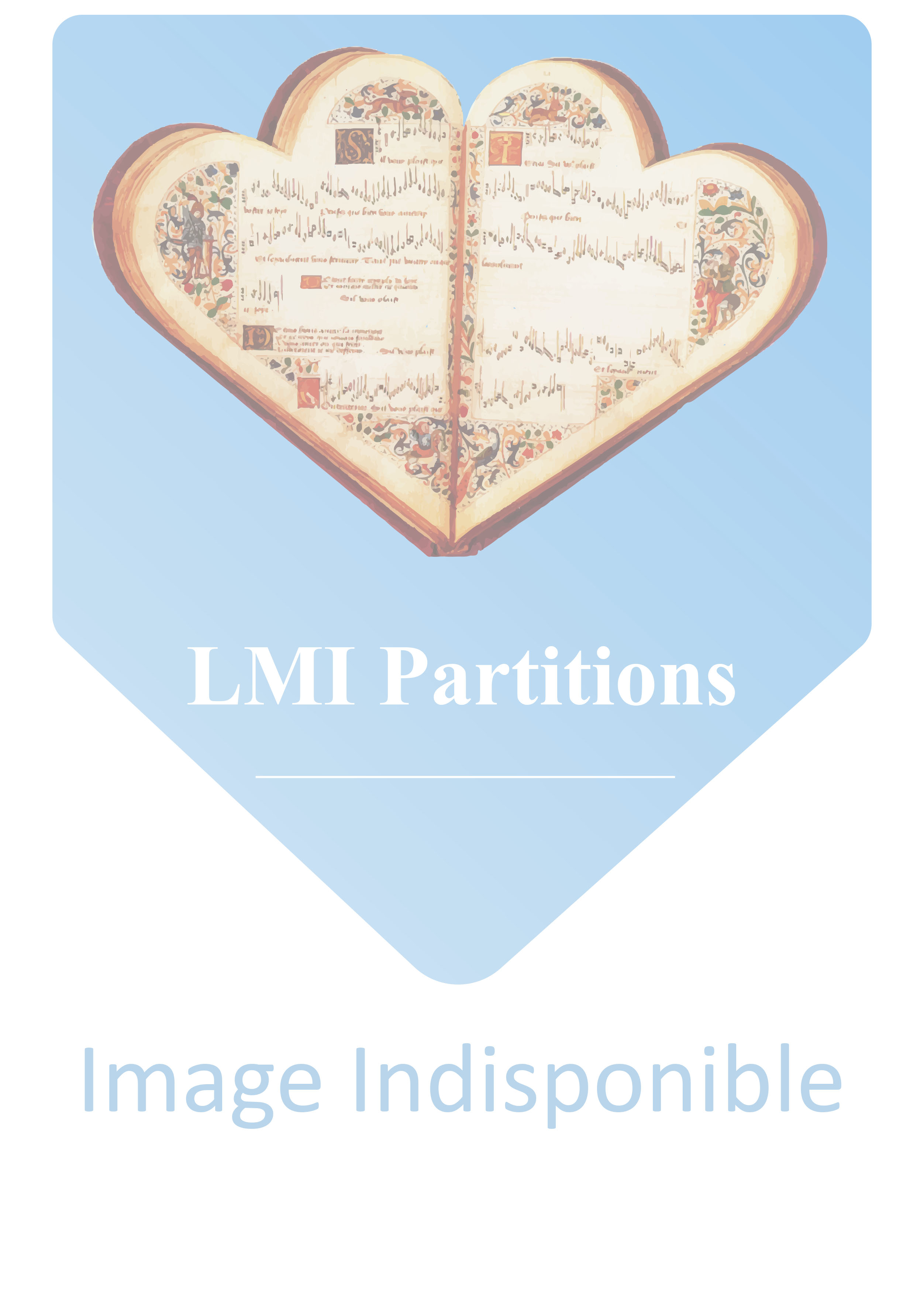Classique
Description :
Rameau Io RCT 45 (Vocal Score) In Rameau's operatic oeuvre, "Io" is certainly the work shrouded in the most mystery: the acte de ballet has survived only in the form of a copy of the score and parts which was made by a collector from the generation after Rameau from the autograph that now is lost. Although the copy seems to have been used, presumably for a trial read-through, the work was apparently never regularly performed during Rameau's lifetime. And for good reason: the work breaks off abruptly at the beginning of the divertissement; neither the librettist nor a plan for a theatre location are known. Because of its incompleteness, "Io" was long regarded as Rameau's last work, but there is much to suggest that the composition must have been written between 1740 and 1745. The introduction to this edition examines the references regarding the dating as well as various hypotheses about performance possibilities and librettists. The plot revolves around one of those typical mythological flirtations that are inevitably to be expected when Jupiter and a nymph, here Io, are involved. With the appearance of madness, La Folia, the work reaches a dramaturgical climax. However after this, the opera breaks off. In order to make the piece performable, the editors of “Opera Omnia Rameau” propose an addition to the divertissement as well as an ending borrowed from the ballet bouffon "Platée" in its 1745 version, which shows numerous parallels to "Io". Thus, these additions come as close as possible to Rameau's style of the 1740s while bringing the plot to a conclusion. - Fragmentary work completed with original music by Rameau - Based on the score of “Opera Omnia Rameau”, Volume V/1 - Particularly suitable for academies and conservatories as few soloists are required and the few choral movements can be sung by soloists



 Gagnez un bon d'achat dès 50€
Gagnez un bon d'achat dès 50€
 30 jours pour changer d'avis
30 jours pour changer d'avis





